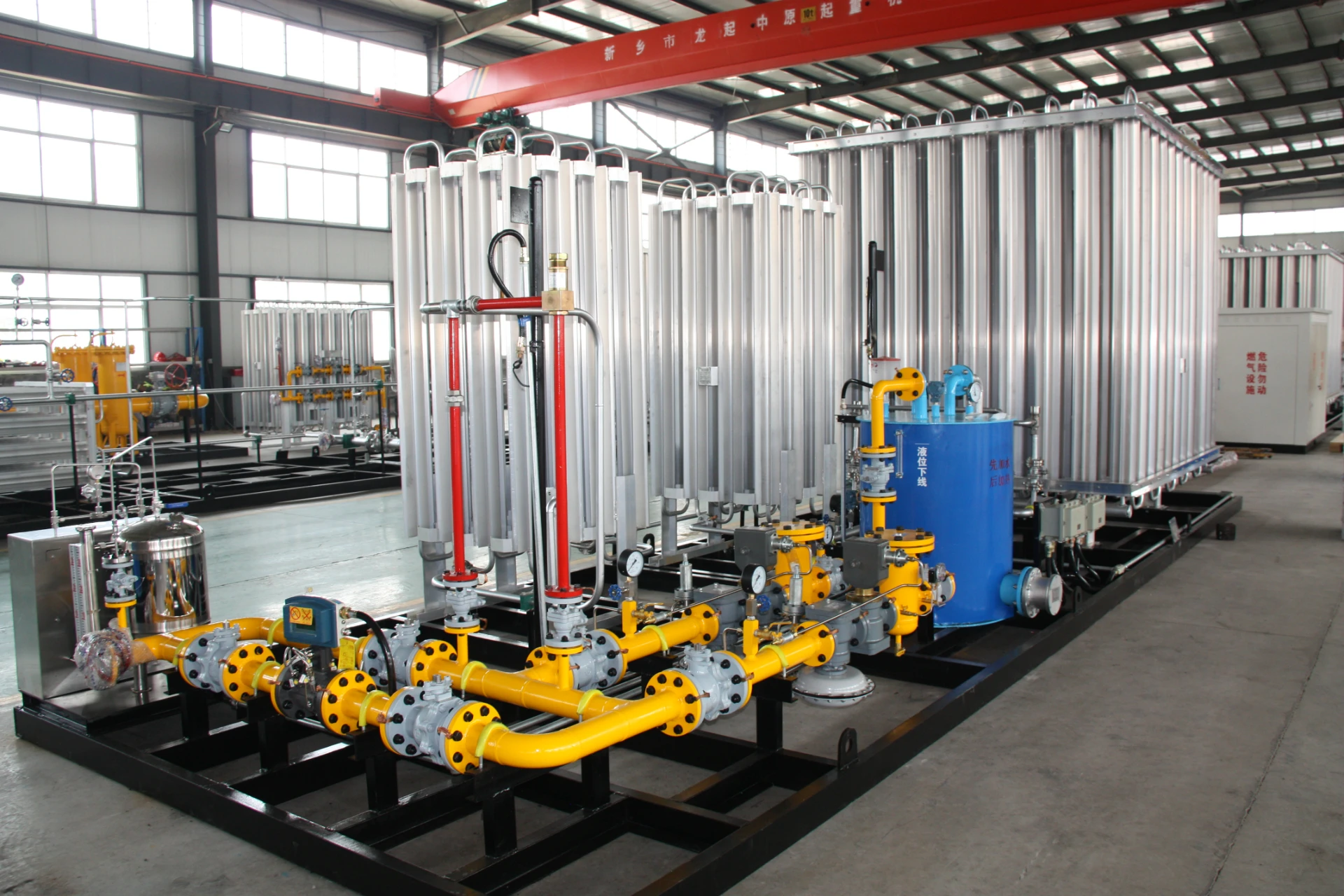
Nov . 17, 2024 07:43
Back to list
lng
Understanding LNG The Future of Energy
Liquefied Natural Gas (LNG) has emerged as a pivotal component in the global energy landscape. As the world grapples with the dual challenges of climate change and energy security, LNG offers a cleaner alternative to traditional fossil fuels. This article delves into what LNG is, its benefits, production processes, and the future potential it holds in the energy sector.
LNG is natural gas that has been cooled to a liquid state, making it easier to store and transport. Natural gas itself is primarily composed of methane, and when it is cooled to about -162°C (-260°F), it shrinks to approximately 1/600th of its volume. This process not only facilitates international trade but also enables countries without pipeline infrastructure to access natural gas. In recent years, the global trade in LNG has skyrocketed, with countries like Qatar, Australia, and the United States emerging as significant exporters.
.
The production of LNG involves several key processes, starting with the extraction of natural gas from underground reserves. Once extracted, the gas undergoes a purification process to remove impurities such as water, carbon dioxide, and sulfur compounds. After purification, the natural gas is cooled in large refrigeration units to transform it into a liquid state. This liquefaction process requires significant energy, and therefore the carbon footprint of each LNG facility can vary based on the energy sources used in this stage.
lng

LNG must be stored and transported in specially designed cryogenic tanks, which can maintain the low temperatures necessary to keep the gas in liquid form. Shipping LNG typically involves large, purpose-built carriers known as LNG tankers, capable of moving vast quantities over long distances. Upon arrival at its destination, LNG can either be regasified for direct use in homes and industries or stored for future use.
The popularity of LNG is reflected in its increasing role in international energy markets. For instance, countries like China and India are investing heavily in LNG infrastructure to meet their growing energy needs while reducing their carbon footprints. In addition, as geopolitical tensions impact traditional energy supply routes, LNG provides countries with the opportunity to diversify their energy sources and enhance energy security.
However, despite its advantages, LNG is not without challenges. Critics argue that while it is cleaner than coal and oil, it is still a fossil fuel, and its extraction, particularly through methods like hydraulic fracturing (fracking), raises environmental concerns. Furthermore, the upfront investments required for LNG infrastructure can be significant, limiting its adoption in some regions.
Looking toward the future, the role of LNG in the global energy transition remains a topic of discussion among policymakers and energy experts. As technology improves and the demand for cleaner energy continues to rise, LNG might serve not only as a transitional solution but also as a key player in the future energy mix. Innovations in carbon capture and storage (CCS) and the development of bio-LNG could further enhance the sustainability of LNG use.
In conclusion, Liquefied Natural Gas represents a significant advancement in the quest for cleaner energy alternatives. With its ability to reduce greenhouse gas emissions and provide energy security, LNG is likely to be a crucial element in the global energy strategy for years to come, bridging the gap between traditional fossil fuels and a renewable energy future.
Latest news
-
Safety Valve Spring-Loaded Design Overpressure ProtectionNewsJul.25,2025
-
Precision Voltage Regulator AC5 Accuracy Grade PerformanceNewsJul.25,2025
-
Natural Gas Pressure Regulating Skid Industrial Pipeline ApplicationsNewsJul.25,2025
-
Natural Gas Filter Stainless Steel Mesh Element DesignNewsJul.25,2025
-
Gas Pressure Regulator Valve Direct-Acting Spring-Loaded DesignNewsJul.25,2025
-
Decompression Equipment Multi-Stage Heat Exchange System DesignNewsJul.25,2025

